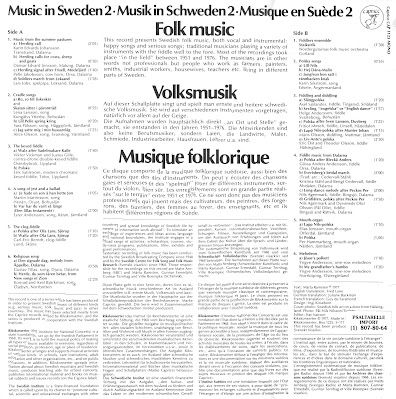FACE THE HOB
Music For The Sets - Volume 6
Na Píobairí Uilleann, 1987, NPU 007
Based in Dublin, NPU was founded in 1968 thanks to pipers such as Séamus Ennis, Leo Rowsome and Paddy Moloney on one hand and collector and writer Brendan Breathnach on the other hand. The idea was to promote the uilleann pipes through practice, reed making and pipe making.
This tape produced by NPU is about set dancing. Terry Moylan who started on the pipes in 1968 with Leo Rowsome was also a member of NPU. Later in 1982, also a dancer he co-founded the Brooks Academy devoted to set dancing; he published several collections of tunes and books about set dancing. He also a well-known lecturer.
In order to spread the gospel Irene Martin and Moylan of the Brooks produced this series of six tapes with many important musicians of the time. Here we have Séamus Meehan on piano accordion, Dermot McLaughlin on fiddle, Madonna Herron on flute, Sean O'Loinsigh on bouzouki, Sean Potts on uilleann pipes, Paul McGrattan on flute, Declan Masterson on uilleann pipes, Kevin Glackin on fiddle and Frank Hogan on mandola; they play in quartet or trios. Despite such a line up the result has been criticized for the speed of the playing giving the impression that the music was a bit rushed out compared to the traditional way of playing for dancing from traditional players. Speed is still a big debate among dancers and musicians. But this tape is good for listening with no less than forty reels, jigs, polkas, etc...

















